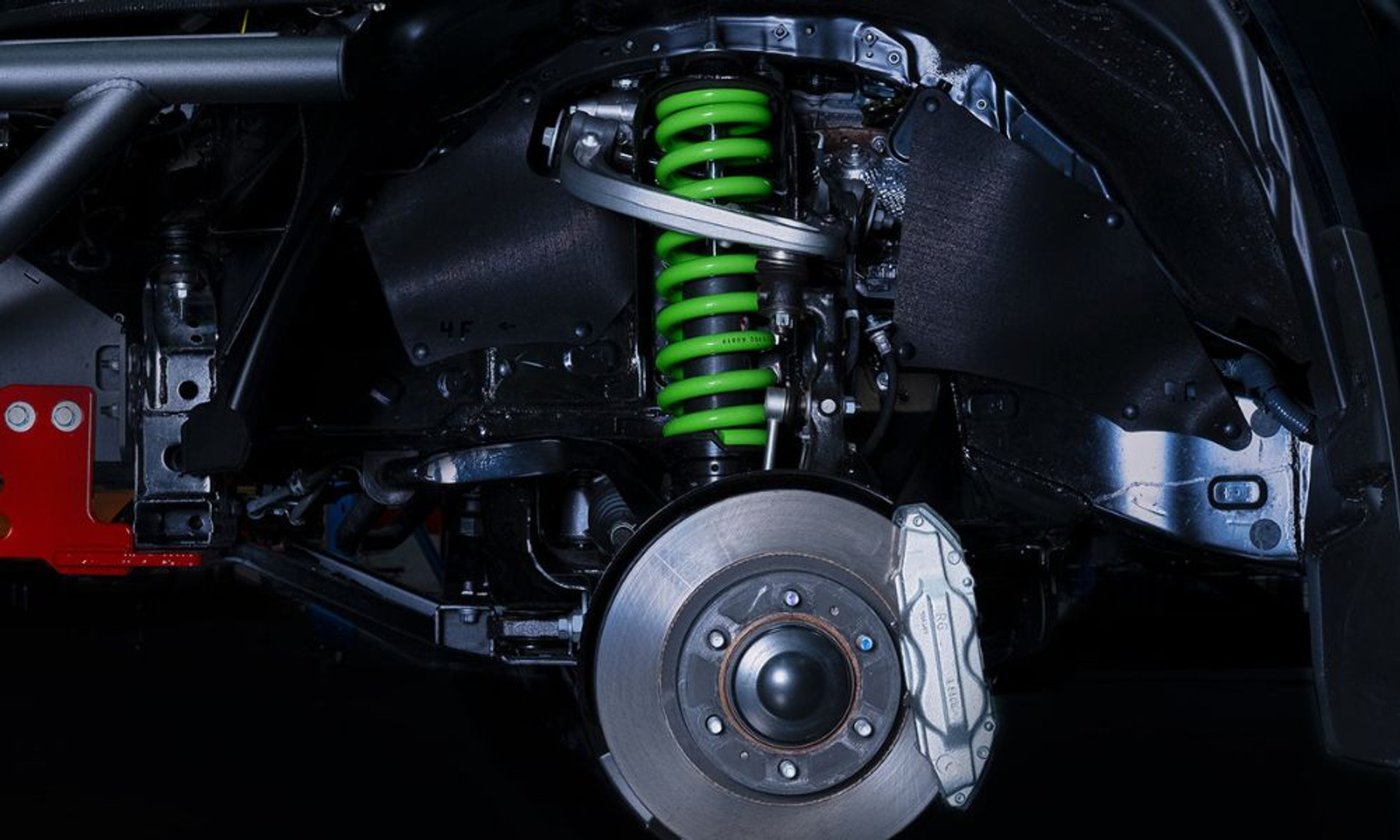Choosing the right suspension system for your car is crucial to achieving the perfect balance between ride comfort, handling, and overall performance. Whether you’re looking to upgrade for better handling, off-road capability, or just to replace a worn-out system, understanding the different types and factors involved will help you make an informed decision.
Understanding Car Suspension Systems
Car suspensions serve two primary purposes:
- Absorbing shocks and vibrations – Ensuring a smooth ride by absorbing bumps and potholes.
- Maintaining tire contact with the road – Improving handling, traction, and braking performance.
Suspension systems typically consist of springs, shock absorbers (dampers), control arms, sway bars, and various linkages designed to work together to provide stability and comfort.
Types of Suspension Systems
Before choosing a suspension setup, it’s important to understand the different types commonly used in vehicles:
1. Independent Suspension
Each wheel moves independently of the others, providing better handling and comfort. Commonly found in modern passenger cars and sports cars.
- Pros:
- Superior ride comfort
- Better handling in corners
- Reduced body roll
- Cons:
- Higher maintenance costs
- More complex to repair
- Best for: Daily driving, sports cars, and premium vehicles
2. Solid Axle (Rigid) Suspension
Both wheels on an axle are connected, meaning they move together. Commonly used in trucks and off-road vehicles for durability.
- Pros:
- Extremely durable and strong
- Better load-carrying capacity
- Simple and cost-effective
- Cons:
- Rougher ride quality
- Less handling precision
- Best for: Off-roading, heavy-duty trucks, and utility vehicles
3. MacPherson Strut Suspension
A common front suspension type that integrates a coil spring and damper into one unit.
- Pros:
- Simple and cost-effective
- Lightweight design
- Provides decent comfort and handling
- Cons:
- Limited adjustability
- May not perform well in aggressive driving
- Best for: Compact cars, sedans, and budget-friendly vehicles
4. Double Wishbone Suspension
Uses two control arms to provide more precise control over wheel movement.
- Pros:
- Excellent handling and stability
- Ideal for high-performance driving
- Provides better tire contact
- Cons:
- Complex and expensive to maintain
- Heavier than other setups
- Best for: Sports cars, luxury sedans, and performance-oriented vehicles
5. Air Suspension
Utilizes air springs instead of traditional coil springs, allowing for ride height adjustment.
- Pros:
- Adjustable ride height and stiffness
- Superior comfort and luxury
- Ideal for towing or load balancing
- Cons:
- Expensive to install and maintain
- Potential air leaks and reliability concerns
- Best for: Luxury cars, off-roaders, and towing vehicles
Factors to Consider When Choosing a Suspension
When selecting a suspension system, consider the following key factors:
1. Driving Style
Your driving habits play a crucial role in determining the right suspension:
- Daily commuting: A comfortable and fuel-efficient system like MacPherson strut or multi-link suspension.
- Performance driving: Opt for double wishbone or coilover suspension.
- Off-roading: Solid axle or adjustable air suspension for rugged terrain.
2. Road Conditions
The type of roads you frequently drive on will impact your choice:
- City driving: Comfortable suspensions with good shock absorption.
- Highways: A balance of comfort and stability.
- Uneven terrain: A durable system with high ground clearance like off-road coilovers or air suspension.
3. Budget
Suspension systems range from affordable to high-end. Consider both initial purchase costs and long-term maintenance expenses.
- Low-budget: Standard coil spring suspensions.
- Mid-range: Coilovers with adjustability.
- High-end: Air suspensions or high-performance setups.
4. Performance vs. Comfort
- If you prioritize handling and cornering, stiffer suspensions like coilovers or double wishbone setups are ideal.
- For a smooth ride, softer suspensions like air or adaptive dampers are better.
5. Adjustability Needs
Some drivers prefer adjustability to fine-tune ride height, damping stiffness, and rebound:
- Coilovers: Allow manual adjustment for track or street use.
- Air suspension: Enables on-the-fly height changes.
Popular Suspension Brands to Consider
Some reputable suspension brands that offer quality products include:
- Bilstein – Known for high-performance shock absorbers and struts.
- KYB – Affordable, reliable options for daily drivers.
- Tein – Popular for adjustable coilovers and performance suspensions.
- Fox – Excellent for off-road applications.
- Air Lift – Leading air suspension brand for custom builds and luxury vehicles.
Suspension Maintenance Tips
Once you’ve chosen your suspension system, keeping it in top condition is essential:
- Regular Inspections: Check for leaks, worn-out bushings, and uneven tire wear.
- Proper Alignment: Ensure wheels are aligned to prevent premature tire wear.
- Avoid Overloading: Exceeding load capacity can damage suspension components.
- Choose Quality Parts: Always opt for OEM or high-quality aftermarket parts.
Conclusion
Choosing the right car suspension depends on your driving needs, budget, and performance expectations. Whether you prioritize comfort, handling, or off-road capabilities, understanding the different types of suspension systems and their applications will help you make the right choice. Investing in a suitable suspension setup enhances not only your driving experience but also your vehicle’s longevity and safety.

